I had made an effort to be in contact with the Metta Development Foundation, which is the largest and most competent of the local NGOs in Myanmar. I had previously met the Director, Sai Sam Kham on a couple of occasions and this year, I was determined to do a joint project with them. We decided on a Stove and PV Training in Lashio, which is the largest town in Northern Shan State, not too far from the border with China.
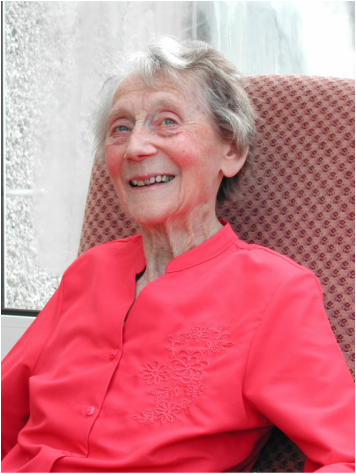 My mother Mary, enjoying the warmth of the sunroom
My mother Mary, enjoying the warmth of the sunroom This year's trip was strangely accompanied by reminders of our mortality. In January, just before arriving in Myanmar, I rushed back to Scotland to be with my family and our mother, Mary, at the moment of her passing. I feel very grateful to have spent so much time with her, both in Scotland and California, at a period in our lives, when “the pressure was off” and we could relate more as equals and friends. She will be dearly missed by all those who knew and loved her.
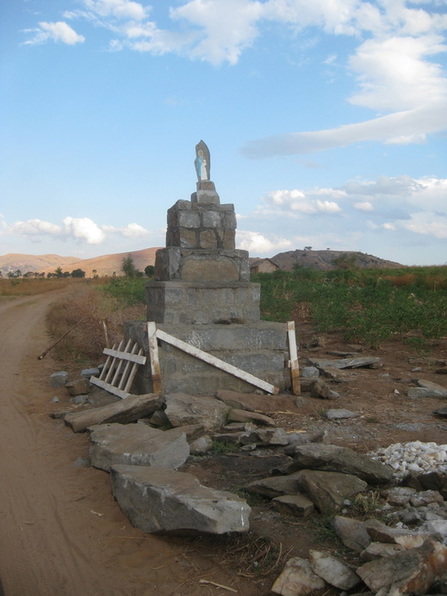 The unfinished monument to the Catholic priest
The unfinished monument to the Catholic priest Lastly, when I arrived back in Tanzania I found out that Joseph ChaCha, my driver from three years ago had died in a car accident. A flat tire had caused the car to flip over and crash. No more will Joseph barrel across the plains of the Serengeti.
Rest in Peace, Joseph.
On another site visit with Patrick, (a Burmese friend with an adopted name), we visted a Gorka village on the edge of Pyin Oo Lwin. The Gorkas (or Gurkhas) are of course, the Nepalese tribe famous for their bravery in the British Army. They were brought to Myanmar during colonial times, and have carved out a niche for themselves, particularly in the higher altitude, ex-hill stations of Maymyo (Pyin Oo Lwin) and Kalaw.
Ostensibly, the visit was to see what we could do help this marginalised community, but after meeting the Sayadaw (head monk), of the village monastery, Patrick asked if I would like to buy a piece of land around there. This was not entirely out of the blue, as I had told him I was looking for a plot on which to build a house.

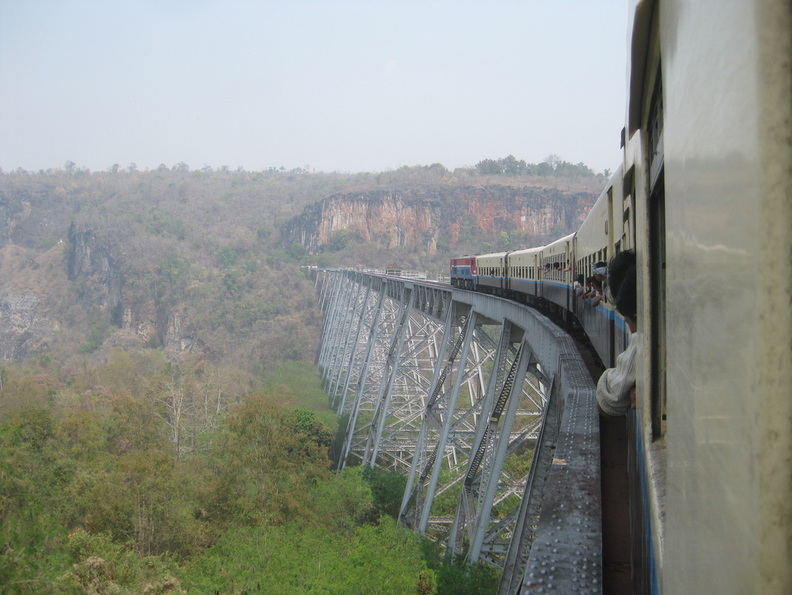
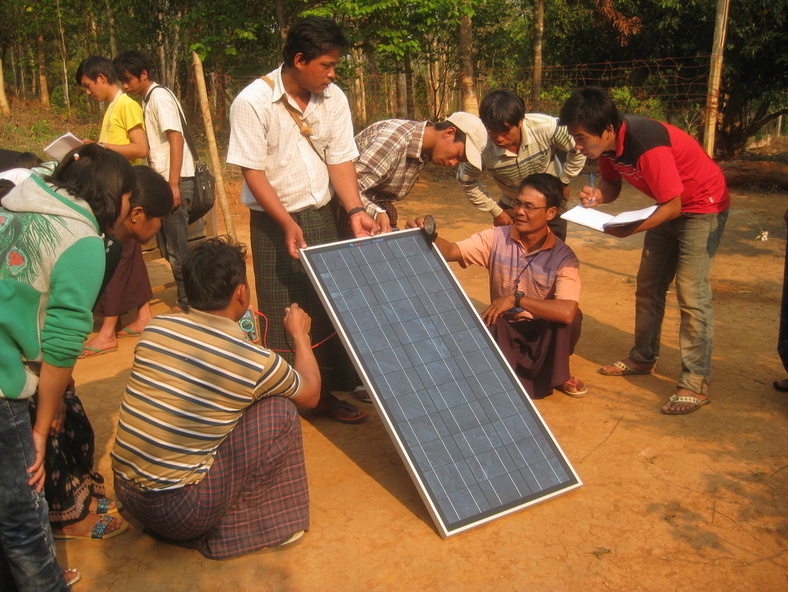
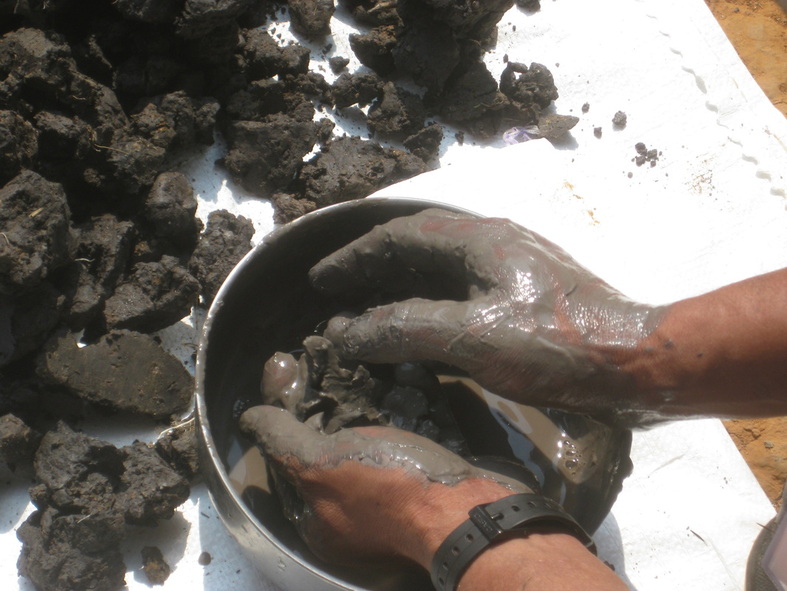
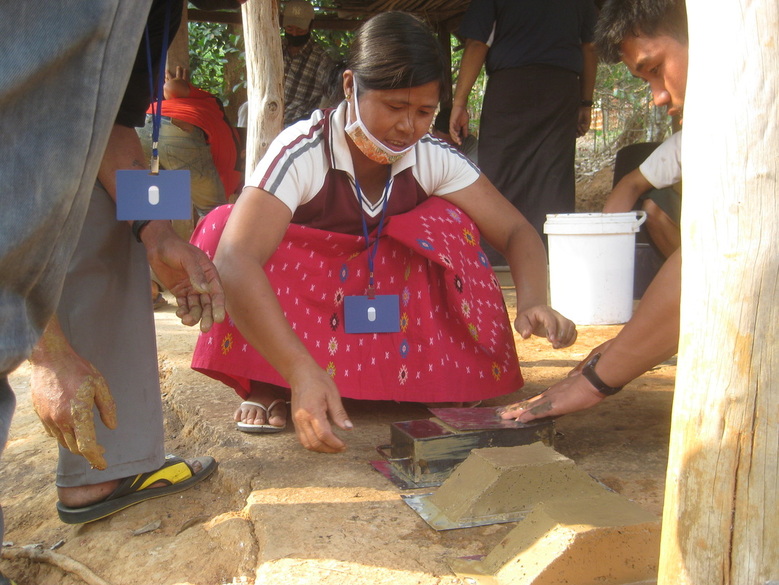
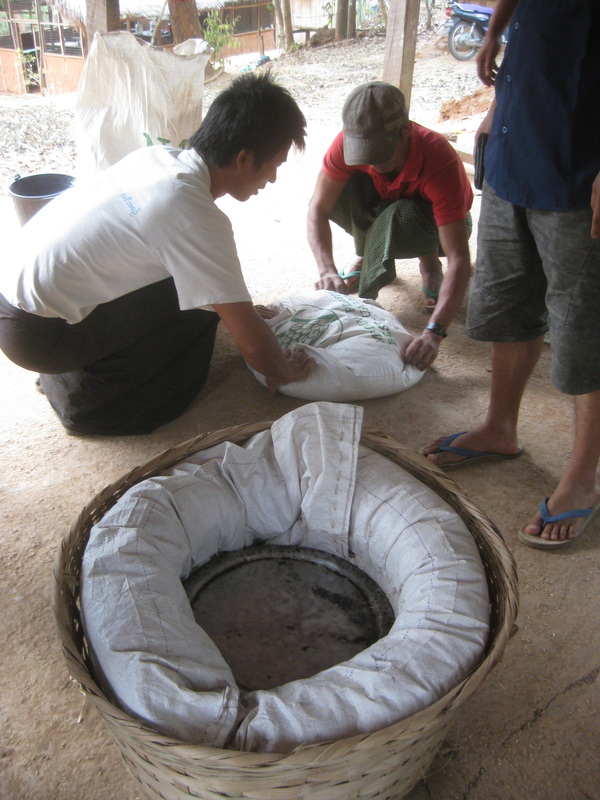
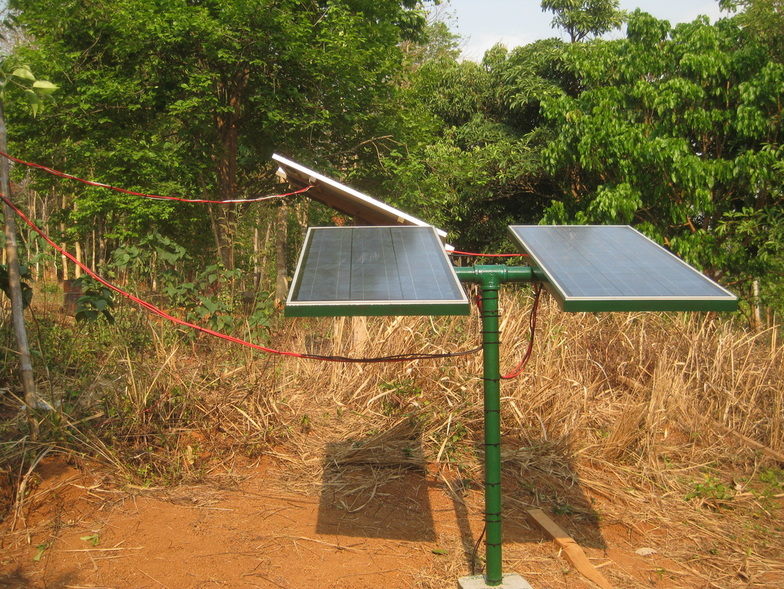
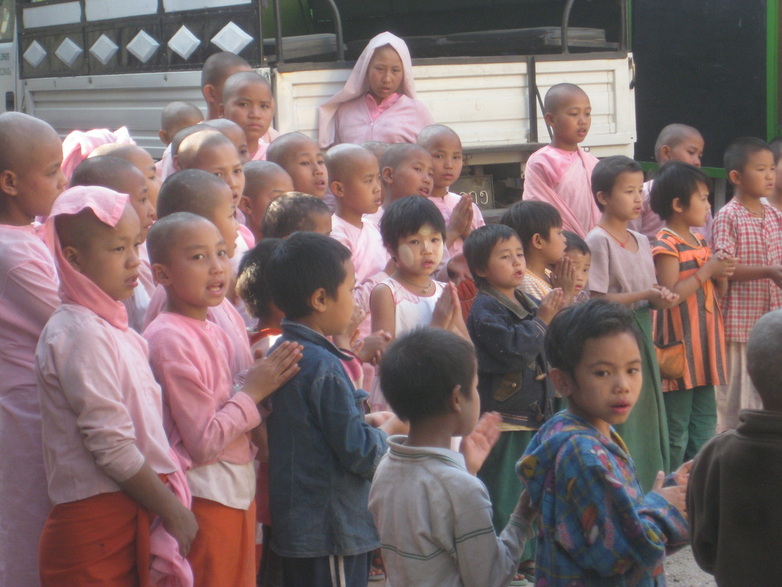
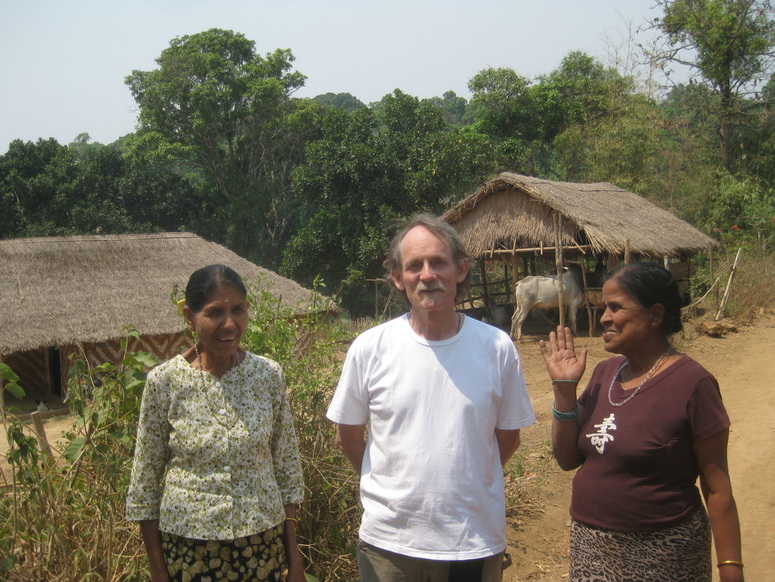
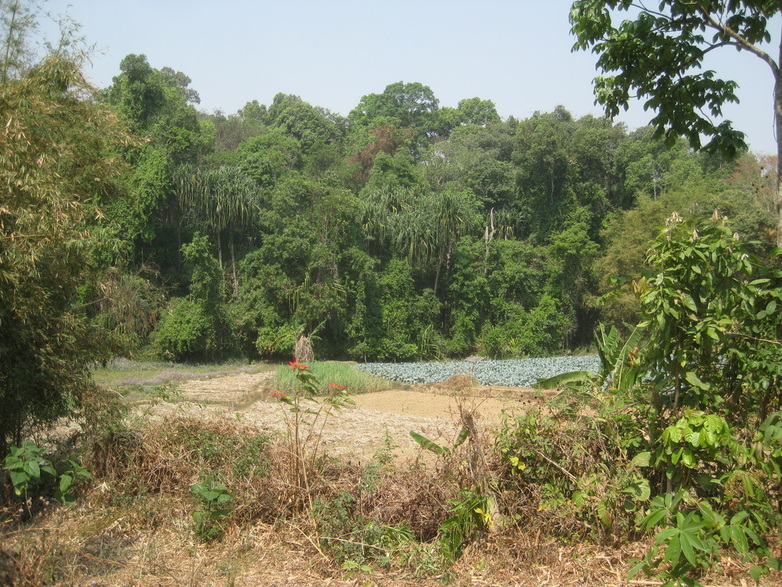
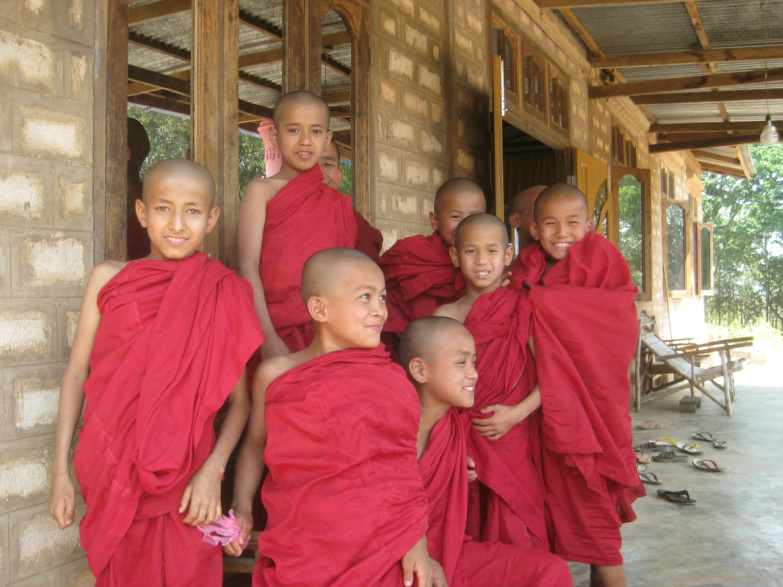
 RSS Feed
RSS Feed